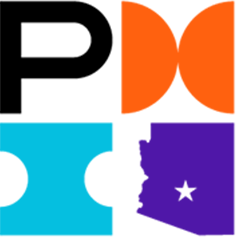The chapter has fielded some inquiries as to when we may be holding in-person meetings. Last year, we decided, based on the information available we would not hold in-person meetings until at least the late third quarter of 2021. While we have made significant strides in safety and rolling out the vaccine, we are on track with the predictions made last year.
This morning I received my 2nd Dose at State Farm Stadium. If you haven’t been and are medically eligible, I encourage you to get vaccinated.
Vaccinations started on Dec 17th in Maricopa County, and since that date, we have administered 1.5 million adults in Maricopa County. That is 40% of the eligible adults that can receive the vaccine. Out of that, 975,000 have received their second dose or the 1st dose of a one-dose series. As a state, the numbers are not as good. 1.74 million people have been vaccinated to date, making up 24% of the population of Arizona. We still have a long way to go. We will continue to monitor the progress of the pandemic in the county and state.
Putting on in-person events also takes a lot of volunteers. Our programs team will need to add volunteers to put on events once we can. If we could meet in person tomorrow, we would not have enough volunteers to make that happen. If you feel strongly about in-person events, then please volunteer and help the chapter conduct those events. If you would like to volunteer, you can complete a volunteer application here.
For information on vaccination, ADHS offers a bilingual COVID-19 Vaccine Navigation Help Desk at 844.542.8011 for those needing extra assistance with registration and answers to questions. You can also visit their website at podvaccine.azdhs.gov.

